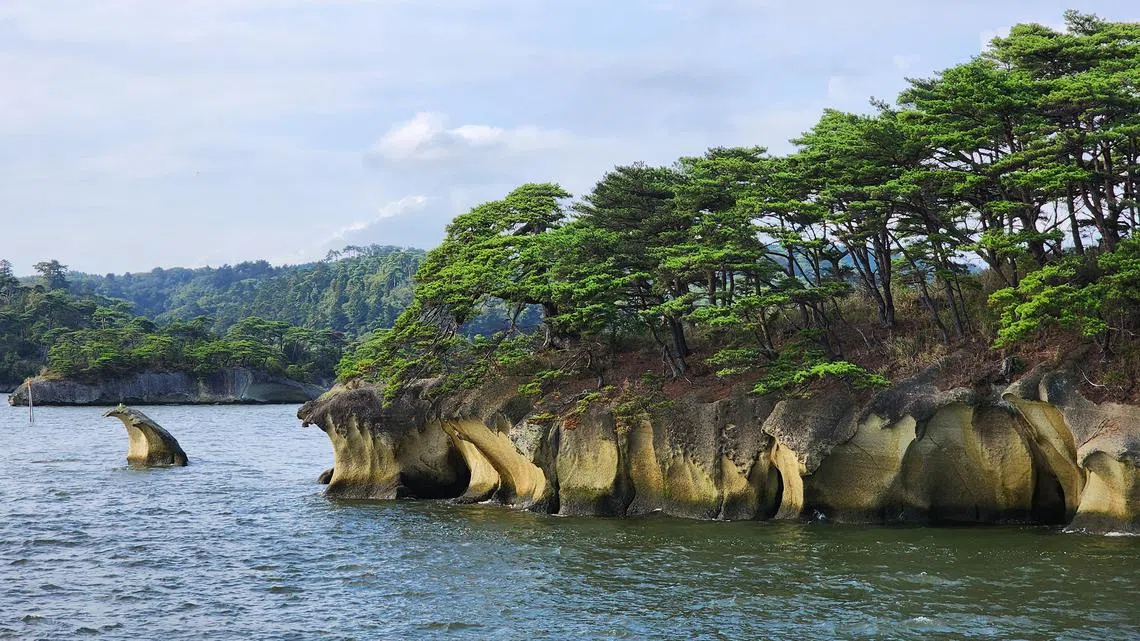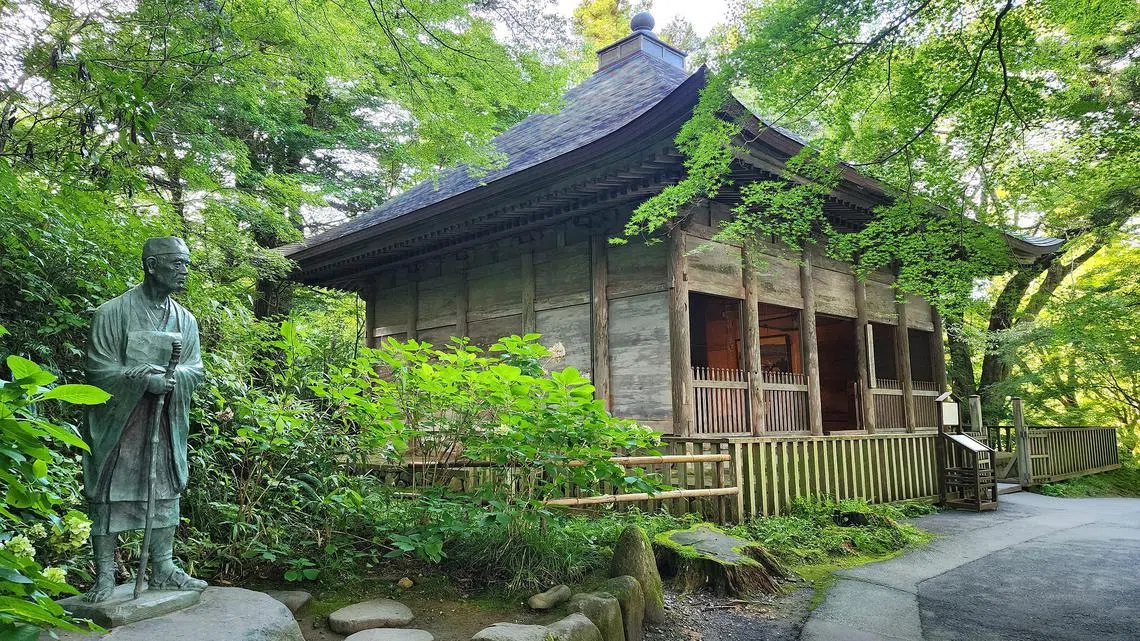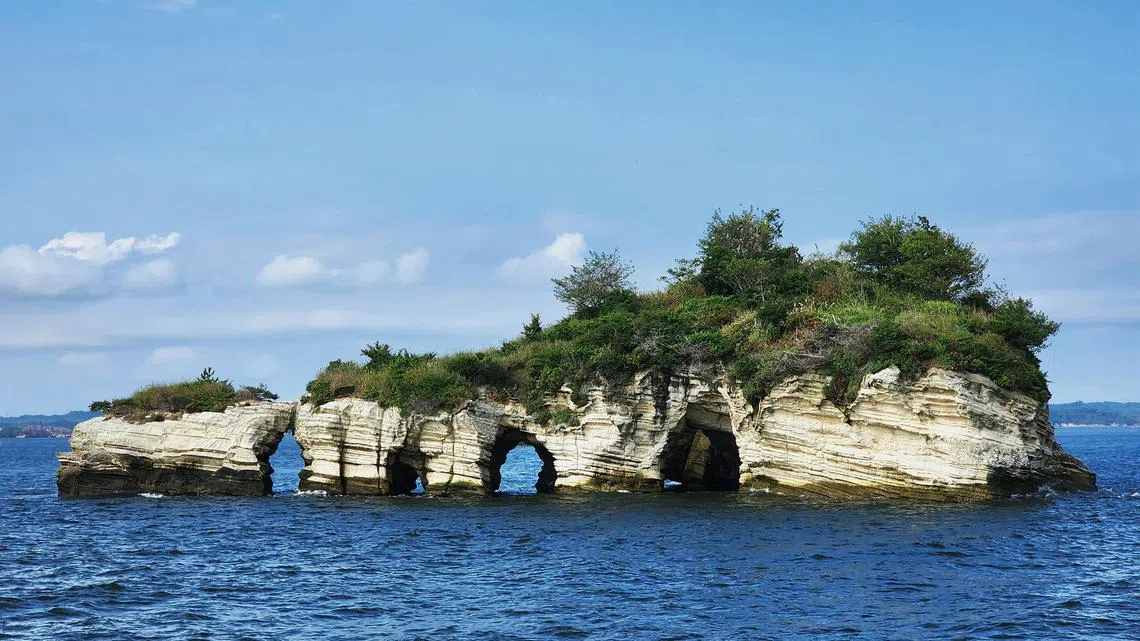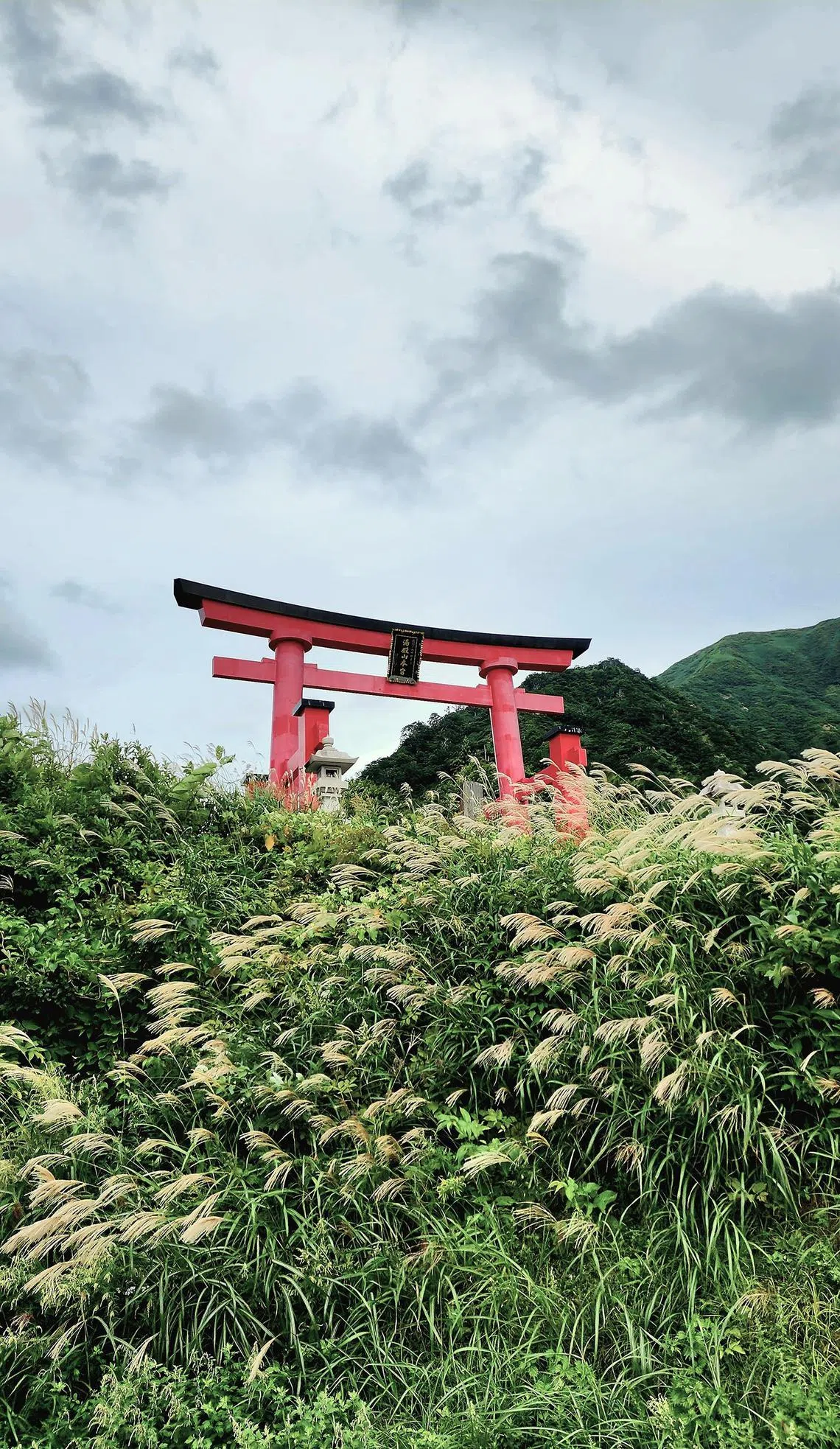In the footsteps of Japan’s greatest poet
A walking tour through the Tohoku region offers spectacular scenery and a unique cultural experience
MATSUO BASHO OPENED THE DOOR of his ramshackle hut one spring morning, stepped outside and started walking. He walked for five months and 2,400 km, along country paths, through bamboo forests and over pine-covered mountains, deep into the unexplored northern reaches of Edo-period Japan.

The year was 1689, but much of the route still exists. A poet, teacher and travel diarist, Basho (1644-1694) had an insatiable urge to wander the country, seeking inspiration from the world around him. He found it – in the shape of a mountain, the smell of the forest, and the silence of a temple.
His account of that epic trip, Oku no Hosomichi (Narrow Road to the Deep North) was published in the form of a haibun, a combination of prose and haiku – part travel journal, part short-form poetry. The book is hailed as an essential work of classical Japanese literature.
“Every day is a journey, and the journey itself home,” Basho wrote. On this particular journey, he ventured north of Edo – modern-day Tokyo – to the mountainous Tohoku region, stopping at remote villages, ancient temples and the trio of sacred mountains known as Dewa Sanzan.
Blessed indeed is this South Valley Where the gentle wind breathes The faint aroma of snow.
Japan’s great natural beauty and past-meets-future appeal extends to every corner of the country, but few outsiders experience the Japan Basho wrote about with such profound simplicity. His wanderings were part of a tradition of pilgrimage along the highway systems of the time. The evocative blend of prose and poetry he employed captures a depth of meaning in the simplest encounter with nature.
BT in your inbox

Start and end each day with the latest news stories and analyses delivered straight to your inbox.

Specialist travel operator Walk Japan’s Basho-themed tour makes no promise of spiritual enlightenment – merely an awakening of sorts. It’s a week-long walk in the countryside, with difficulty levels ranging from easy to challenging, and features a dose of culture with some mighty fine scenery thrown in.
The tour starts in Sendai, the capital of Miyagi prefecture, and ends six days later at the train station in Yamagata city. In between, we stay in charming country inns, soak our tired limbs in mineral-rich onsen and journey around Tohoku – by foot, bus, train, ferry and riverboat.

Basho was prepared to sacrifice personal safety – and at times the facts – in pursuit of literary perfection. Fortunately, his travel companion Kawaii Sogoro kept a diary under the pen name Sora that was more precise. On the trail, they feared running into bandits and bad weather. While waiting out a storm in a gatekeeper’s house, Basho penned a brief study in discomfort:
SEE ALSO
Fleas and lice, A horse urinates Close by my pillow.
Our group faces only sore feet and summer temperatures – but the forest is also home to bears, snakes and giant hornets. “During Basho’s time, tourism was starting to develop,” says tour leader John Sweeney, who carries a cowbell to ward off potential danger. “He was the equivalent of a modern-day influencer and elevated haiku to what it is today. The walk was a huge undertaking for him.”

He adds: “Coming up here, we’re walking in Basho’s footsteps and seeing what he saw, what his heroes (such as Saigyo, a priest-poet and fellow wanderer who preceded Basho by 500 years) saw. We’re retracing those steps more than 300 years later. It’s hiking in a pleasant way – you enjoy Japan differently.”
Basho was no slouch in identifying places worthy of high (or haiku) praise, but he was rendered speechless by Matsushima Bay, a body of water in northern Miyagi Prefecture dotted with hundreds of pine-covered islets. This was “the most beautiful spot in the whole country of Japan… my pen strove in vain to equal this superb creation of divine artifice”, he wrote.
Fortunately, Sora managed a verse in appreciation.
Clear-voiced cuckoo, Even you will need The silver wings of a crane To span the islands of Matsushima.
The Basho tour takes in multiple man-made highlights, none more magnificent than the Chuson-ji temple at Hiraizumi in Iwate Prefecture. The undoubted highlight is Konjiki-do (Golden Hall), a small, beautifully preserved 12th-century building that is covered entirely with gold leaf on both its exterior and interior.

The wooden outer shell that once housed the hall has been moved nearby; a statue of Basho stands beside it.
Of Konjiki-do, the poet was moved to write:
The long rainy days Have not dimmed the glitter of This great hall of light.
One late-summer morning, we board a riverboat that plies the Mogami, a waterway running through Yamagata prefecture. Basho took the same trip in a much smaller vessel. “I felt as if the mountains on both sides were ready to fall down upon me,” he declared.

Our destination is Mount Haguro, one of the three sacred peaks that make up the Dewa Sanzan (Gassan and Yudono are the others). They serve as a centre for Shugendo, a folk-religious practice that blends Shinto and Buddhist traditions, with each mountain representing a step along the journey of birth and rebirth.
To reach the top of Haguro, we navigate a winding stone stairway with 2,446 steps, lined on both sides with towering cedars. We are rewarded with sweeping views of the valley below, a shojin ryori (Buddhist vegetarian) dinner and an overnight stay in simple shrine lodgings.
On our second-to-last day, we trek through a forest to Mount Yudono, where the spirit of the mountains is believed to reside. After his visit, Basho heightened the mystery surrounding this special place:
Forbidden to betray The holy secrets of Mount Yudono I drenched my sleeves In a flood of reticent tears.
Walk Japan’s Basho itinerary retraces only a fraction of the poet’s actual journey, but it provides an immersive snapshot of the Tohoku region, complete with its own summertime soundtrack (think cicadas and grasscutters). “It’s travelling with a purpose, not wandering aimlessly,” says tour member Geoff Anson, a winery owner from Australia. “It was more exacting than I was expecting, but very rewarding.”
Perdita Connolly, a writer based in New Jersey, says: “This was a difficult trip through great beauty. Climbing through cedar forests, past waterfalls and across mountain streams made me think of Basho’s physical journey as a metaphor for every artist’s journey.”
After his return, Basho spent five years preparing Oku no Hosomichi for publication. He asked a friend, the scholar-priest Soryu, to help with a final draft.
Soryu wrote a postscript: “What a travel it is indeed that is recorded in this book, and what a man he is who experienced it.”
The writer was a guest of Walk Japan (www.walkjapan.com). Basho Tours take place between May and November.
Copyright SPH Media. All rights reserved.






